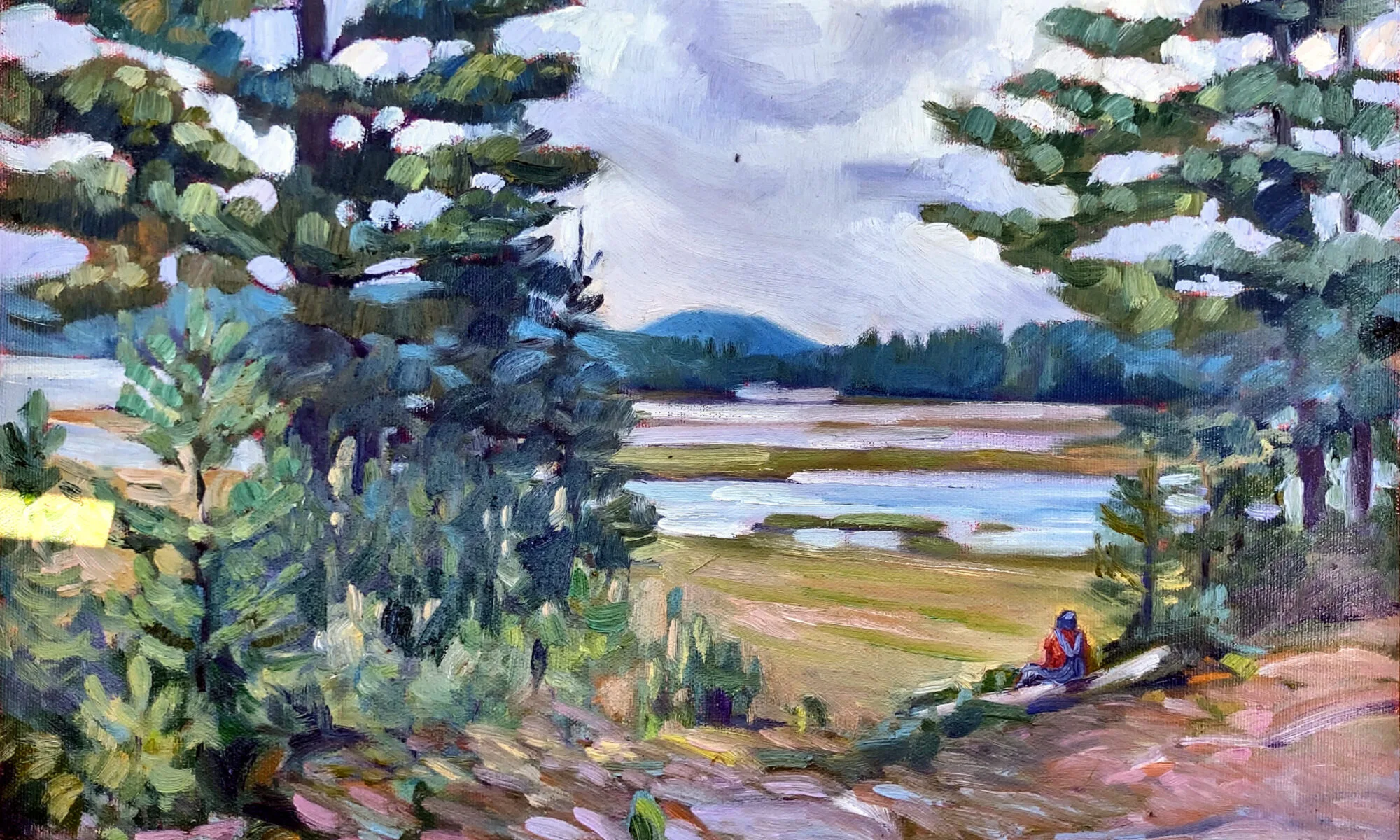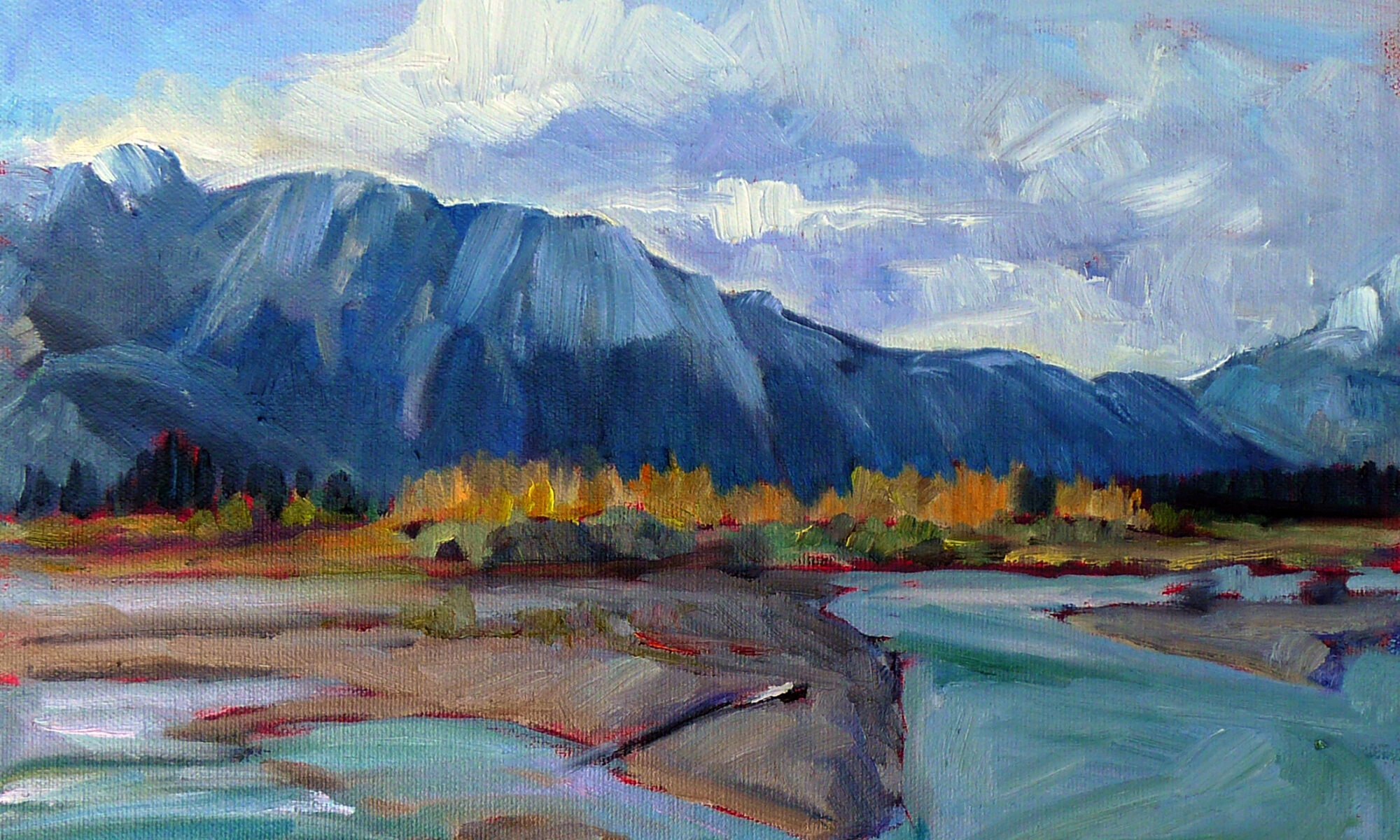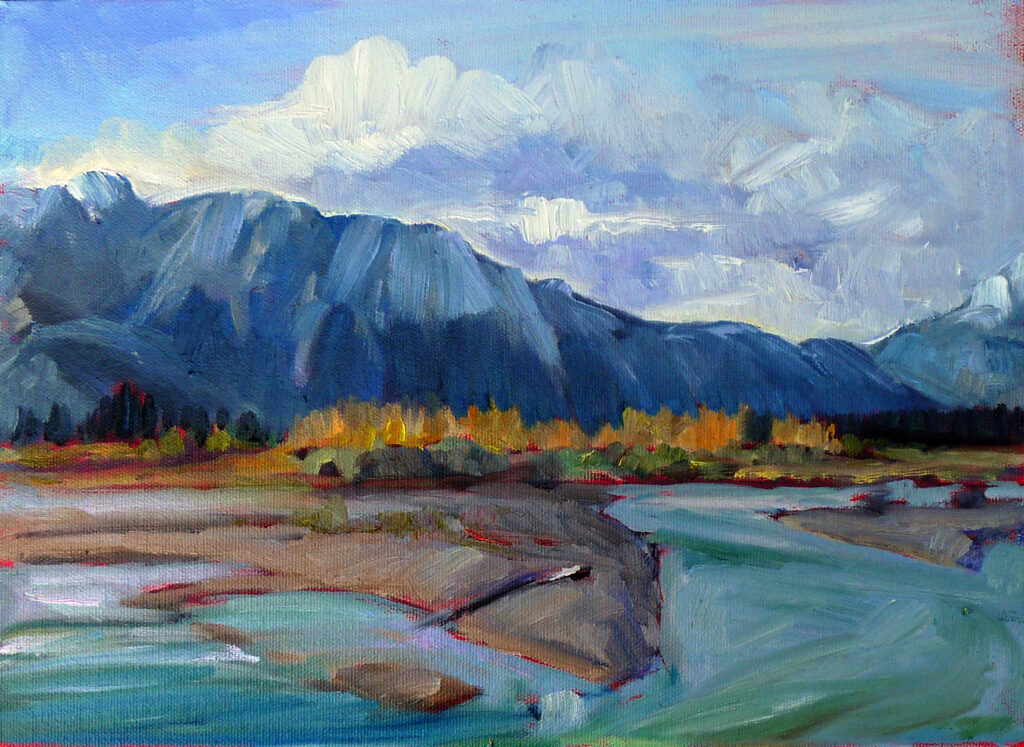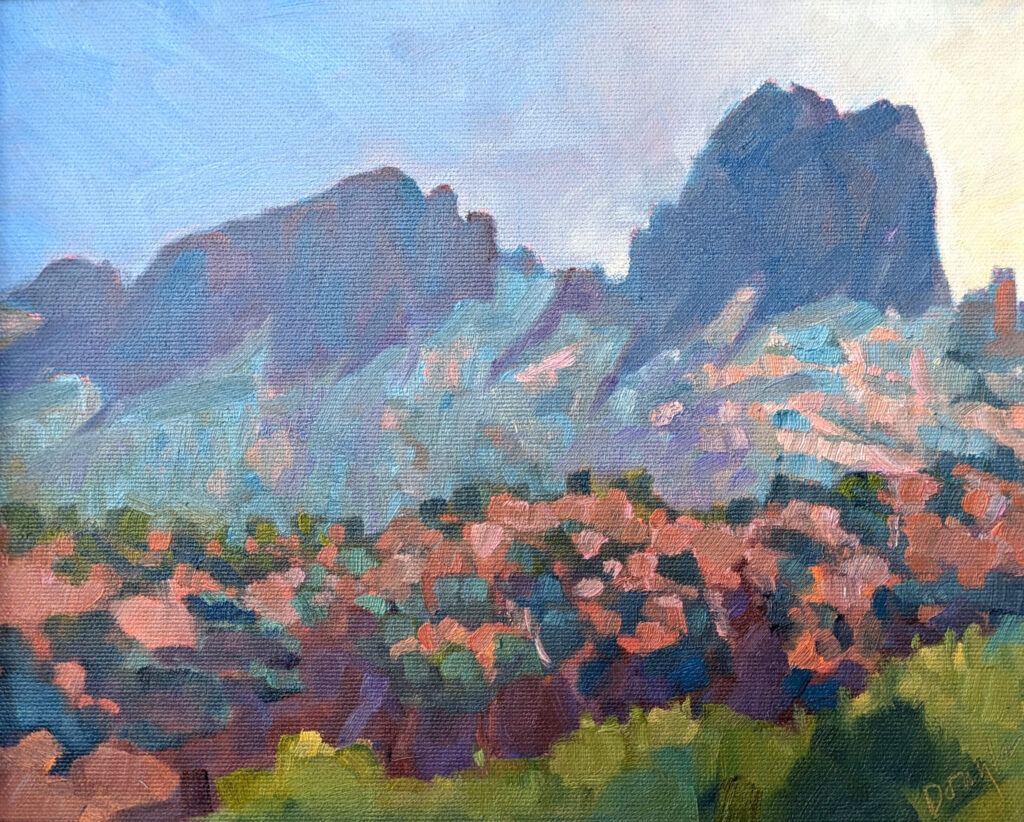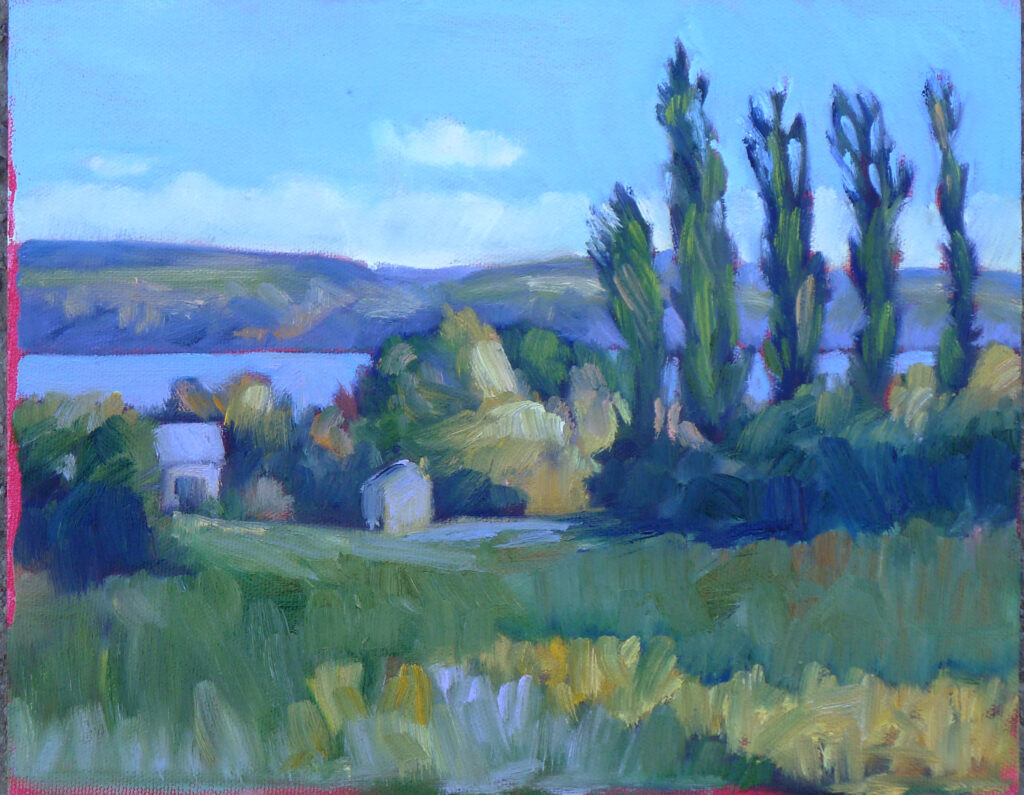
A student in one of my classes has been painting lovely small studies of birds. For the past two weeks, I’ve been musing on how she might display and sell them in her Brooklyn, NY, neighborhood. It turns out I’m not the only person who thinks she’s ready; she was just asked to mount her first show. We’ve had a lot of back-and-forth as she’s gotten things ready.
My first art show was in high school, when I could happily leave the prep to the grown-ups. For many years, I overprepared, with too much inventory and refreshments. I hope I’ve learned to be more balanced, but my Italian grandmother will peek out now and again.
How to prepare for your first art show
In honor of my student Amy, I’ve put together a list of questions I think are important. If you’re trying to figure out how to prepare for your first art show, I hope this helps.
Where should a beginning artist aim to show their work?
Approach coffee shops, professional offices and libraries to see if they would be interested in showing your work. Please don’t think of these places as down-market. I have had long, successful relationships with them, and they’ve resulted in better sales than some galleries.
How should you approach them? While galleries generally want you to apply online in 2025, that is too much to ask of a local business. The best way to approach them is in person. Follow that up by emailing them images of your work. Some kind of web presence is necessary, even if it’s a one-page free website. And you need a business card.
Assuming you’re not a hermit, you know people—at the Y, in your church, at the coffee shop you visit every day, at your local am-dram, your hometown library, at the dentist. Don’t hesitate to ask your connections.
How many pieces do you need for an art show?
First off, don’t even go looking unless you have a solid body of work. I don’t mean work that you necessarily want to show, but a body of work with some depth that can be mined for content.
How much you need for a specific, thematically-related show depends on how large the space is and whether the work is to be hung salon-style or in a more open, contemporary way. When you visit the space, bring a tape measure and take photos. If they already have work up, count the pieces and compare the sizes to yours.
How should you choose a theme or title for your show?
That should derive naturally from your work, but if it isn’t, perhaps you could enlist a friend to help you narrow down the major themes of your work. “Historical landscapes” is a boring theme, but “Memories of Bad Old Butchertown” might be just roguish enough to draw people in.
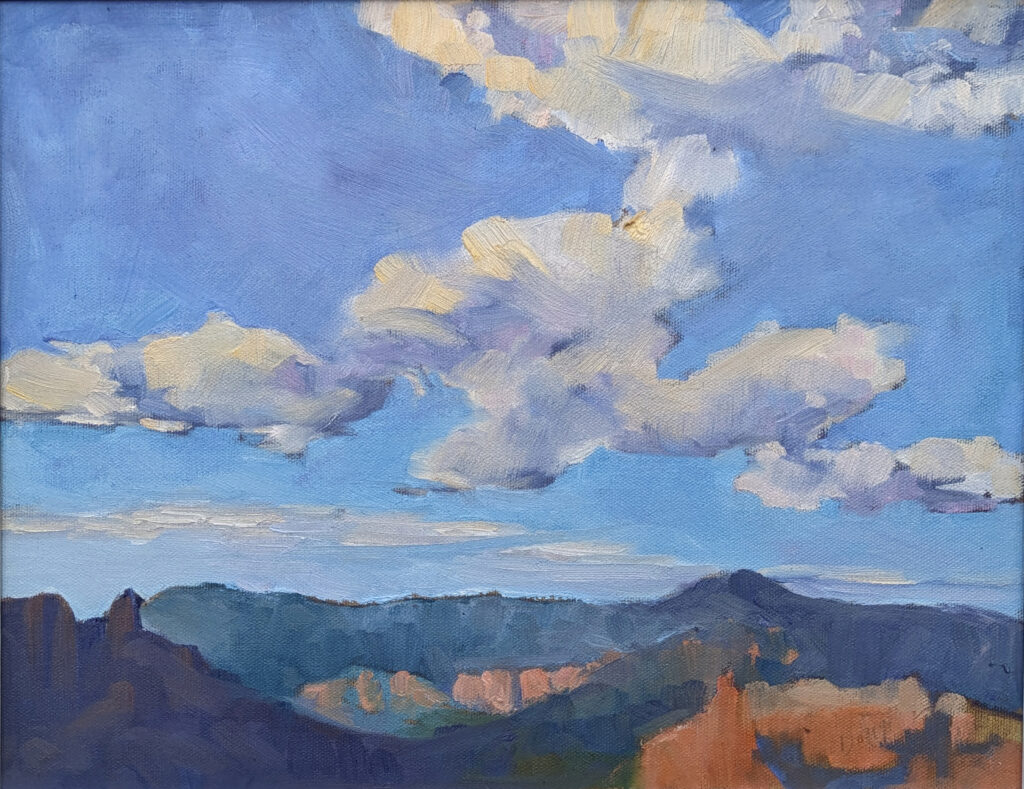
Should the work be framed?
In a perfect world, yes. Paintings generally look and sell better in frames. However, give people the option to buy them without frames at a slight discount.
I realize frames are expensive and annoying, but they really do sell paintings.
Should the work be signed?
Yes.
How do you label the work?
Label each painting with the title, dimensions, medium, price, and your name. These labels should be typed. I have created a blank you can download. If you know how to use Microsoft Office, you can merge these from a list; if not, you can just type in the information. Print them on card stock, trim them to be 2×3.5”, and Bob’s your uncle.
Who should you invite?
Absolutely everyone you know. You’ll be amazed at who’s interested.
Twenty minutes you won’t regret wasting
This is a fabulous short video by the National Gallery on 14th century Siena and the invention of painting.
Reserve your spot now for a workshop in 2025:
- Advanced Plein Air Painting, Rockport, ME, July 7-11, 2025.
- Sea and Sky at Acadia National Park, August 3-8, 2025.
- Find Your Authentic Voice in Plein Air, Berkshires, MA, August 11-15, 2025.
- Immersive In-Person Fall Workshop, Rockport, ME, October 6-10, 2025.
